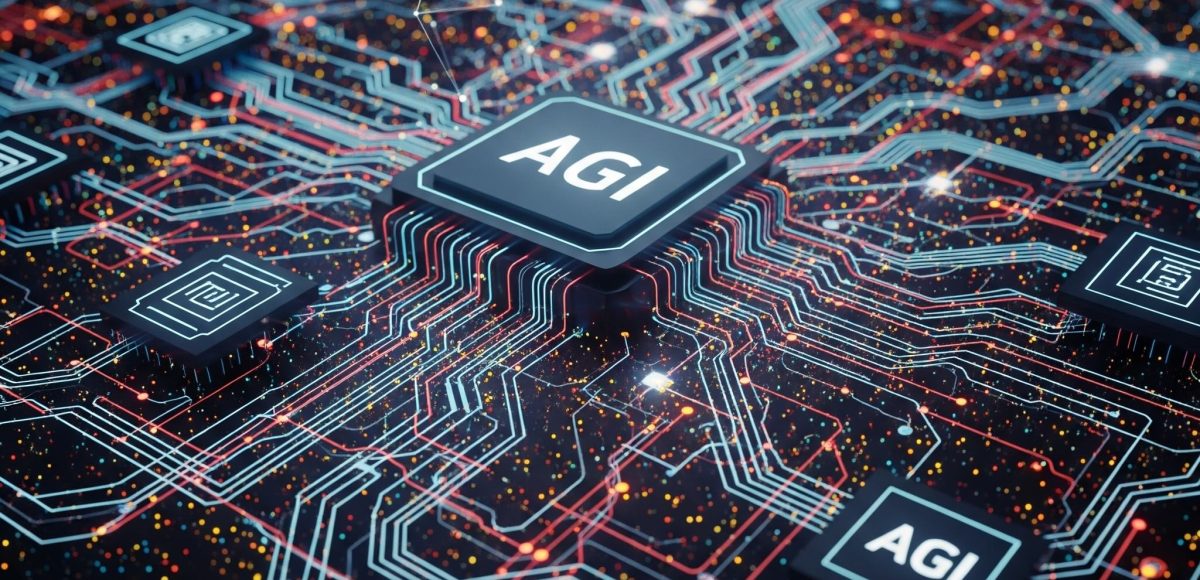
- June 15, 2025
- admin
- 0 Comments
- AI/MML
AI Nearing Human-Like Intelligence ‘AGI’
Artificial General Intelligence (AGI), often described as AI with human-level or human-like intelligence, is one of the most ambitious and profound goals of computer science, cognitive science, and engineering. Unlike narrow AI, which excels at specific tasks such as image recognition or language translation, AGI would be capable of performing a broad range of intellectual activities that humans can—ranging from reasoning, learning, and problem-solving to abstract thinking, emotional understanding, and even creativity. The key characteristic of AGI is not merely task execution but generalization: it would be able to learn from one domain and apply that knowledge to entirely new problems, much like humans do. This makes AGI an inflection point in technological evolution, marking a leap from tools that follow patterns to agents that understand and adapt in a dynamic and contextual way. Many leading research labs, including OpenAI, DeepMind, and others, have set their sights on building safe and aligned AGI, recognizing both its transformative potential and the magnitude of its challenges.
The road to AGI is paved with both incredible breakthroughs and formidable challenges. In recent years, large language models (LLMs) like GPT-4 and beyond have begun to exhibit surprising levels of generalization, coherence, reasoning, and emergent behaviors that closely mimic certain aspects of human cognition. These models can compose essays, write code, analyze legal documents, summarize scientific papers, and carry out multistep reasoning tasks that once seemed out of reach for machines. With advances in neural architecture, reinforcement learning, multimodal integration (like combining text, vision, and sound), and memory systems, AI is inching closer to what may be considered a generalist system. However, there remain significant gaps—such as long-term planning, self-awareness, theory of mind, grounding in the real world, and emotional understanding—that make current AI still fundamentally different from humans. The path to AGI also raises important ethical questions around control, safety, and alignment: how do we ensure that AGI’s goals are compatible with human values, and how do we govern a system that may surpass human intelligence in many domains?
The implications of achieving AGI are both exhilarating and sobering. If aligned properly, AGI could revolutionize every sector of society—healthcare, education, energy, space exploration, scientific research, and governance. It could solve problems we currently deem intractable, from curing complex diseases to mitigating climate change. On the other hand, AGI introduces risks that are unprecedented in human history. Misaligned AGI, even unintentionally, could pose existential threats by pursuing goals that conflict with human well-being. This is why the research community increasingly emphasizes AI safety, interpretability, robustness, and value alignment. There is also the societal impact to consider: how will AGI affect employment, power dynamics, and geopolitical stability? Will it democratize opportunity or entrench existing inequalities? These are not purely technical questions—they require interdisciplinary collaboration across philosophy, policy, economics, and ethics.
In essence, AGI represents the culmination of humanity’s quest to build machines in its own image—a dream born from myth, refined through science, and now within the realm of engineering. But with that dream comes a responsibility to guide its realization wisely. We are standing at the edge of a transformative frontier, one that could redefine intelligence, agency, and what it means to be human. Whether AGI becomes humanity’s greatest achievement or its most dangerous invention will depend not only on the capabilities we build into it, but on the values we build it with.

Leave a Comment